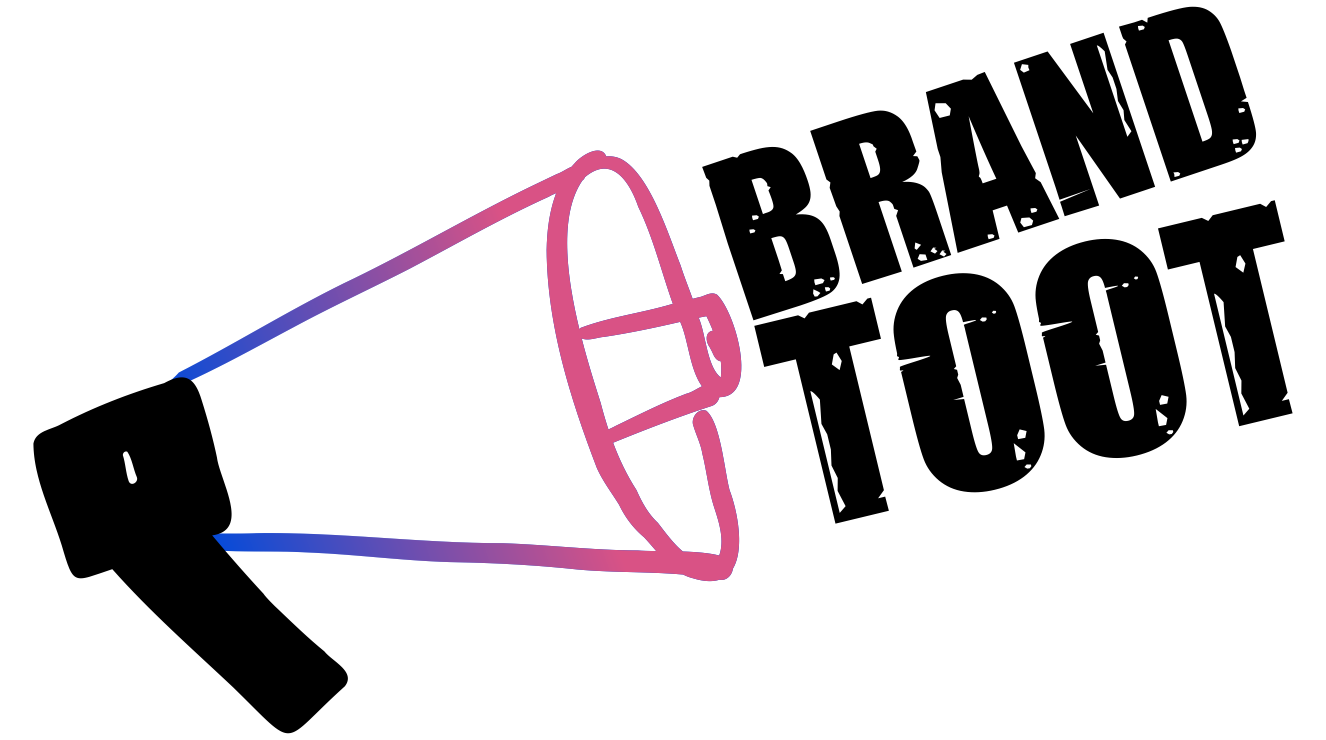In today’s world, where we have unlimited access to diverse brands and products, the aesthetics and uniqueness of packaging have become key elements determining the success and differentiation of a product in the market. As competition intensifies, product packaging goes beyond merely safeguarding value; it becomes a powerful marketing tool. Packaging builds the initial impression of a product, and its unique appearance often motivates a new customer to give it a try.
Get to know your customers. Once you realize you have a chance to shine in the market, it’s time to put theory into practice. Your new task is to generate interest in your product, which will later translate into loyalty and a consistent choice of your product. There’s an effective opportunity to influence the decisions of our target audience, whether it’s their first encounter with our brand or not.
Before delving into packaging itself, do you know your target audience well? What are their values, beliefs, and how do they make purchasing decisions? To make your packaging appeal to your target audience, consider what sets them apart:
- Demographic criteria of the group – age, gender, education, employment, etc.
- Geographic criteria – small/large city, urban/rural.
- Psychographic criteria – interests, views, preferences.
- Behavioral criteria – attitudes toward products, brands, consumer loyalty, frequency of purchases.
Once you can describe your target audience, you can start creating packaging and graphic design that meets their expectations. Each characteristic of your consumer influences their choices, and you must make every effort to find out what will truly interest and grab their attention.
Designing your product packaging – 7 key principles:
- Color selection: The choice of colors has a significant impact on the perception of packaging. Select colors that resonate with your brand, product, or target audience.
- Typography: The typography on packaging is crucial and significantly influences how consumers perceive the product. Serif and classic fonts may suit luxury brands, while sans-serif or rounded fonts may be ideal for children’s products.
- Unique shapes: Surprise your audience with unique packaging shapes if your group is composed of pioneers who appreciate novelties and unusual designs.
- Design style: Vintage, minimalist, elevated, or colorful – choose a design style that suits your brand image and resonates with your target audience.
- Sensory appeal: Enhance the sensory experience by incorporating interesting scents or tactile sensations through techniques like embossing or UV lasers.
- Highlighting values: If your product represents specific values (vegan, ecological, cruelty-free, etc.), prominently display this information on the packaging.
- Multifunctional packaging: Consider offering multifunctional packaging that can be repurposed after product consumption, aligning with eco-conscious trends.
By incorporating these principles into your product packaging, you can create a visually appealing and marketable product that resonates with your target audience.
Looking for help to grow your business? Contact us and see what we can do to make your brand speakwith a new, strong TOOT!

